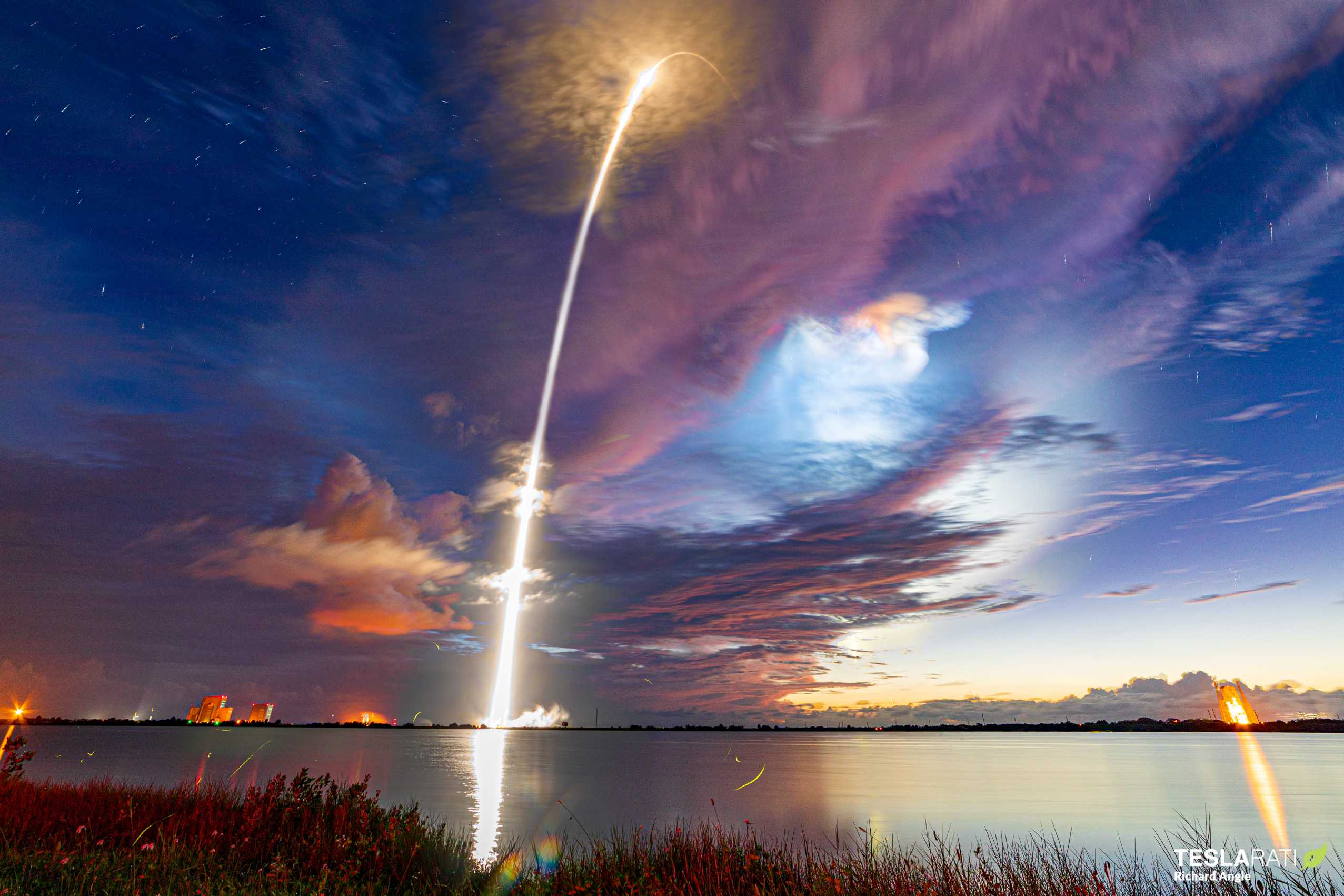
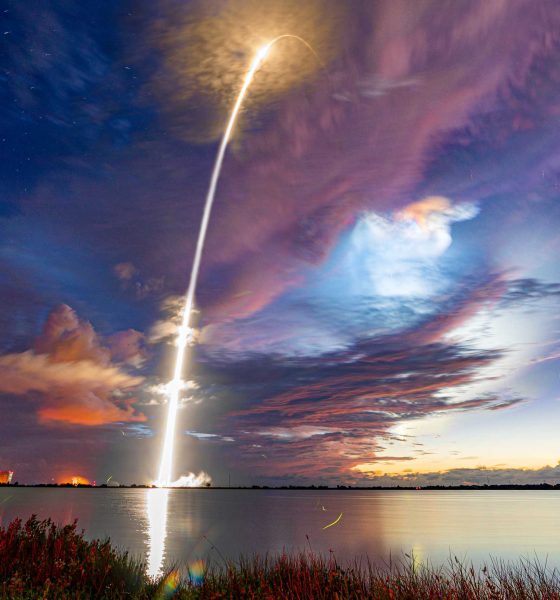
News
SpaceX on track to become third most valuable private company in the world
SpaceX is on track to become the third most valuable private company in the world if it successfully raises a new round of funding.
First reported and confirmed by CNBC, SpaceX hopes to raise between $500 million and $1 billion via a new investment offering. The Series N round would ultimately value the company at $44 billion – second only to China’s Didi and Bytedance (known in the US for TikTok) – if SpaceX finds significant investor interest at the upgraded $270 share price. Based on the ~$3.4 billion SpaceX has raised over more than a dozen rounds in just the last several years, strong investor demand is all but guaranteed.
The confidence and interest of investors can be explained in large part by SpaceX’s spectacular success in the face of countless systemic and technological challenges, as well as its association with founder and Tesla CEO Elon Musk. Perhaps even more at odds with success than SpaceX’s near-term goals, Tesla’s meteoric rise and iron grip on the global consumer electric vehicle industry has unsurprisingly helped convince many that success is often just a matter of time for Musk’s calculated ventures.
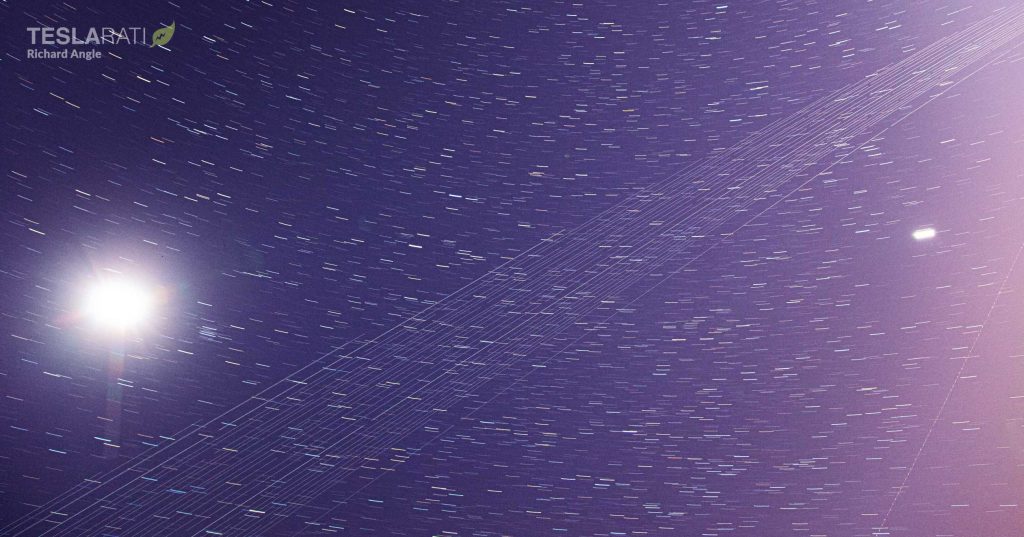
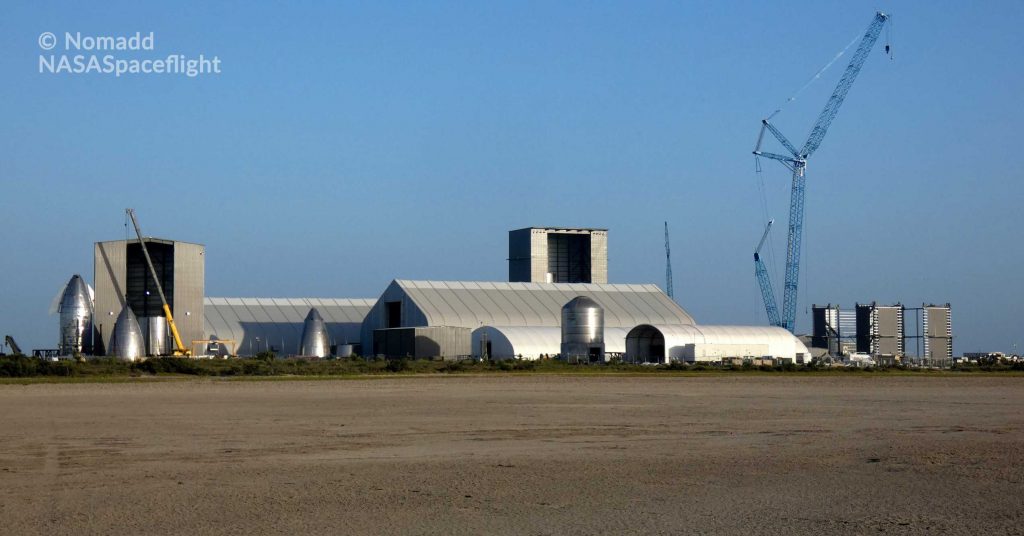
Like several recent fundraising rounds, SpaceX is seeking investors willing to support the company’s long-term vision in the hopes that its Starship and Starlink programs will be as disruptive and revolutionary as they aim to be. CNBC reports that SpaceX is telling prospective investors that Starlink aims to become a major player in a range of industries with a potential global market of more than $1 trillion per year. That figure is almost certainly a best-case theoretical value assuming that SpaceX has completed a vast ~40,000-satellite Starlink constellation and is able to capture almost every single prospective customer.
It’s still within the realm of possibility, though. On its own, Starlink holds the potential to become one of the largest companies in the world – public or private – if SpaceX achieves every ambitious goal it’s set itself to. In that context, there’s a chance that acquiring a stake in SpaceX at a valuation of ~$44 billion will set investors up for unprecedented returns on the order of Tesla investors buying shares for $100-200 in the early 2010s.
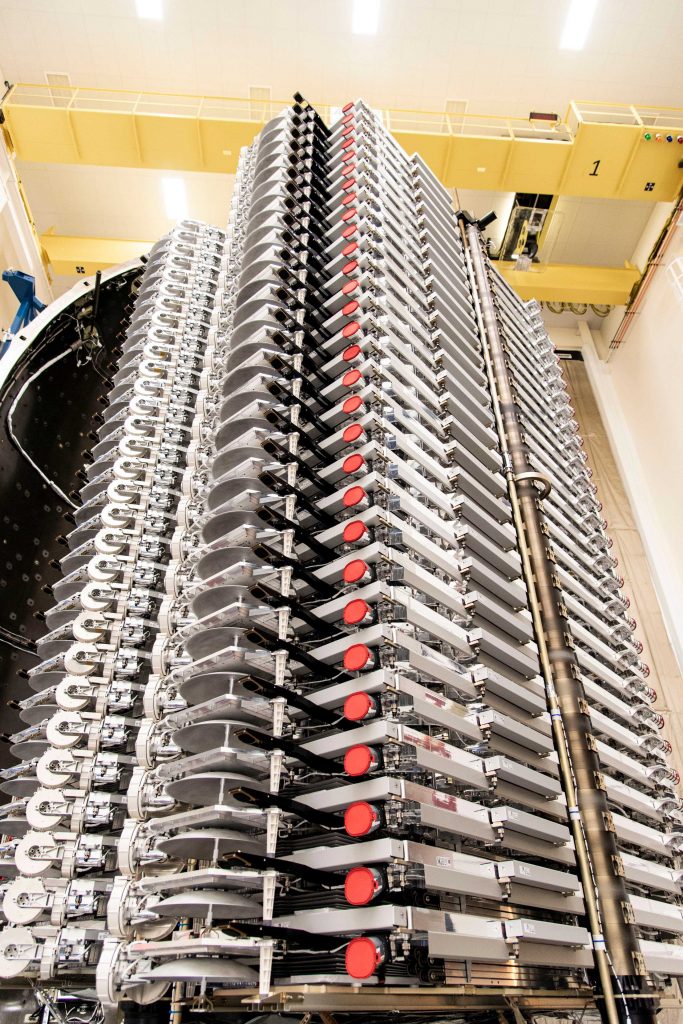
Of course, that investment rationale doesn’t even touch on Starship, aside from the fact that Starship will be a necessity if SpaceX is to have any chance of launching and maintaining a constellation of tens of thousands of satellites. Beyond the Starship/Super Heavy launch vehicle’s integral role in future plans for Starlink, the next-generation rocket is arguably a much thornier technical challenge than Starlink while also offering far less return-on-investment (ROI) certainty. Relative to other industries, particularly those with demand for communications services, the global demand for commercial launch services is minuscule, representing just a few billion dollars per year.
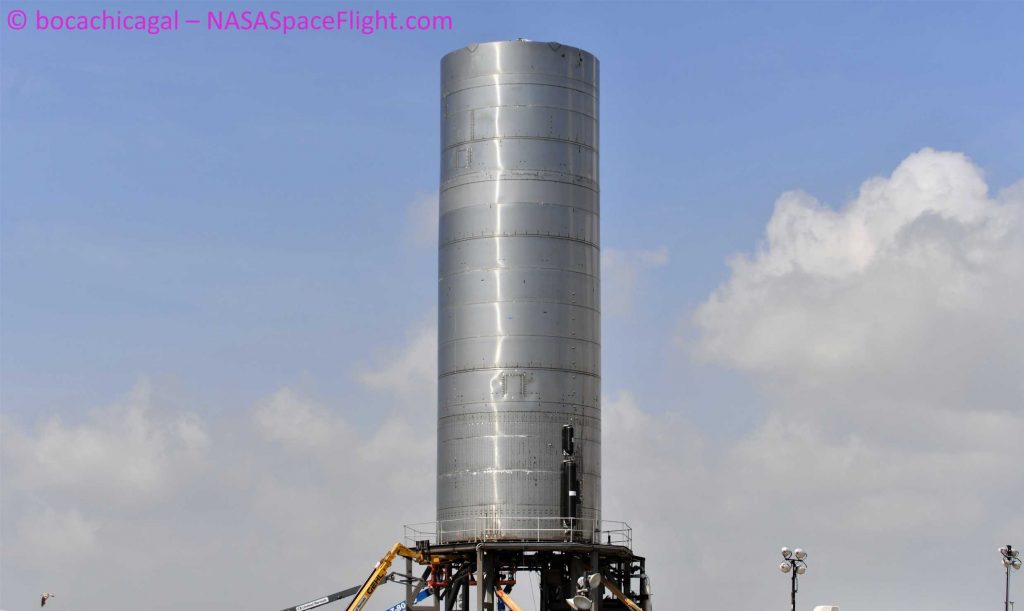
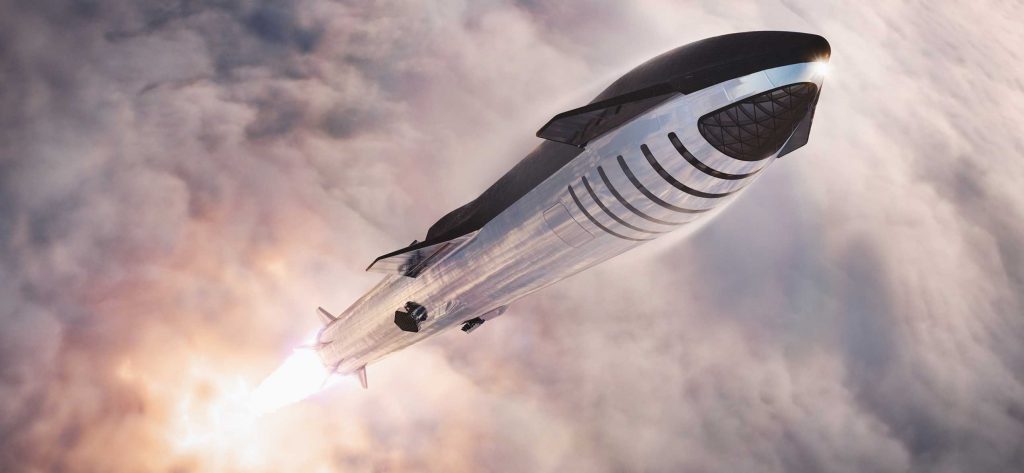
Even if Falcon 9 – let alone Starship – dramatically cuts the cost of access to orbit, there’s no guarantee beyond basic economic theory that lowering the barrier to entry will necessarily expand the market for launches. For a radical expansion in demand, entire new space-adjacent industries will have to be created given that the vast majority of modern demand comes from space-based communications companies.
SpaceX has known that this would be the case for at least half a decade, however, and is thus intelligently positioning Starlink as a primary investor focus as far as revenue and profit are concerned. Starlink would thus help SpaceX complete the Starship launch vehicle, which is far more focused on the company’s foundational goal of making humanity a multiplanetary species by enabling the creation of a self-sustaining city on Mars. Still, Starship will need to be revolutionarily affordable, reliable, and reusable for SpaceX to ever even dream of achieving that founding goal.
In the process of tackling those technical challenges, Starship could very well expand the global space industry by one or several magnitudes, but it will remain a major wildcard up until the day it does.
Check out Teslarati’s Marketplace! We offer Tesla accessories, including for the Tesla Cybertruck and Tesla Model 3.

Elon Musk
Elon Musk just said some crazy stuff about the Tesla Roadster

Elon Musk appeared on the Moonshots podcast with Peter Diamandis today to discuss AGI, U.S. vs. China, Tesla, and some other interesting topics, but there was some discussion about the upcoming unveiling of the Roadster, the company’s electric supercar that will arrive several years after it was initially slated for release.
Musk made some pretty amazing claims about the Roadster; we already know it is supposed to be lightning-fast and could even hover, if Tesla gets everything to happen the way it wants to. However, the car has some pretty crazy capabilities, some of which have not even been revealed.
On the podcast, Musk said:
“This is not a…safety is not the main goal. If you buy a Ferrari, safety is not the number one goal. I say, if safety is your number one goal, do not buy the Roadster…We’ll aspire not to kill anyone in this car. It’ll be the best of the last of the human-driven cars. The best of the last.”
🚨 Elon on the Roadster unveiling, scheduled for April 1:
— TESLARATI (@Teslarati) January 6, 2026
Musk makes a good point: people who buy expensive sports cars with ridiculous top speeds and acceleration rates do not buy them to be safe. They hope they are safe in case of an emergency or crash, but safety is not at the forefront of their thoughts, because nobody buys a car thinking they’ll crash it.
The Roadster is truly going to push the limits and capabilities of passenger vehicles; there’s no doubt about that. Tesla plans to show off the new version car for the first time on April 1, and Musk has only hinted at what is possible with it.
Musk said back in November:
“Whether it’s good or bad, it will be unforgettable. My friend Peter Thiel once reflected that the future was supposed to have flying cars, but we don’t have flying cars. I think if Peter wants a flying car, he should be able to buy one…I think it has a shot at being the most memorable product unveiling ever. [It will be unveiled] hopefully before the end of the year. You know, we need to make sure that it works. This is some crazy technology in this car. Let’s just put it this way: if you took all the James Bond cars and combined them, it’s crazier than that.”
Production is set to begin between 12 and 18 months after the unveiling, which would put the car out sometime in 2027. Hopefully, Tesla is able to stay on track with the scheduling of the Roadster; many people have been waiting a long time for it.
News
Tesla launches hiring for Robotaxi program in its twentieth country
Overall, the hiring signals Tesla’s aggressive timeline for global dominance in autonomous mobility.

Tesla has launched a hiring initiative for its Robotaxi program in its twentieth country, as the company posted two new jobs in Thailand this week.
Tesla is hiring in Bangkok and Kowloon for the Vehicle Operator position, which is related to data collection, and is the first in Thailand, but the twentieth country overall, as the company tries to expand into other markets.
🚨 BREAKING: Tesla is hiring additional full-time Vehicle Operators in Bangkok, Thailand.
Previous openings were 6-month, part-time roles. These are equivalent to AI Safety Operator roles in the U.S. pic.twitter.com/R6LzoU1bos— Tesla Yoda (@teslayoda) January 5, 2026
Tesla has had active job postings for Vehicle Operator positions in the United States, India, Israel, Taiwan, Germany, the Czech Republic, Hungary, the UK, Finland, Switzerland, Sweden, the Netherlands, Austria, Spain, Norway, Italy, and Turkey in past listings.
These postings are not all currently available, likely because the roles have been filled.
Thailand is the most recent, and broadens the company’s potential path to expanding its ride-hailing program, which is only active in the United States in Austin, Texas, and the California Bay Area, so far.
These roles typically involve data collection, which assists in improving Autopilot and Full Self-Driving operation. Tesla’s self-driving programs utilize real-world data that is accumulated and stored, observing vehicle and traffic behavior, as well as tendencies that are performed by human drivers to help increase safety and overall performance.
Overall, the hiring signals Tesla’s aggressive timeline for global dominance in autonomous mobility. Although the company has several high-profile rivals and competitors in the field, it has established itself as a main player and a leader in the development of autonomous technology, especially in the U.S., as its FSD suite is refined on almost a weekly basis.
The Full Self-Driving suite is available in seven countries and territories currently, including the U.S., Canada, China, Mexico, Puerto Rico, Australia, and New Zealand. Its biggest goal for expansion is currently the European market, where regulatory hurdles have been the main bottleneck prolonging its launch on the continent.
Tesla has performed months of testing in various European countries, including France and Spain, and does have support in some areas from various regulatory agencies. However, the company is hoping to get through this red tape and offer its suite in Europe for the first time, hopefully this year.
News
Tesla China rolls out Model Y upgrades, launches low-interest financing
These strategies are aimed at improving the ownership experience and keeping vehicle pricing competitive in the world’s largest electric vehicle market.

Tesla has rolled out minor updates to the five-seat Model Y in China, upgrading the vehicle’s center display to a higher-resolution 16-inch 2K screen. The electric vehicle maker also introduced attractive financing options, including 7-year low-interest rates, to offset the new purchase tax on EVs.
These strategies are aimed at improving the ownership experience and keeping vehicle pricing competitive in the world’s largest electric vehicle market.
Five-seat Model Y gets larger, better display
With its recent update, all three variants of the five-seat Model Y now feature an upgraded 16-inch 2K resolution center display, which replaces the vehicle’s previous 15.4-inch 1080p panel. This screen was already used in the six-seat Model Y L, and it offered improved visual clarity. Tesla China has also updated the Model Y’s headliner to black, giving the vehicle a sleeker appearance.
Prices of the five-seat Model Y remain unchanged at RMB 263,500, RMB 288,500, and RMB 313,500 for the respective trims. This update enhances the cabin experience as domestic rivals are already adopting high-resolution screens. As noted in a CNEV Post report, some domestic automakers have begun rolling out vehicles equipped with 3K-resolution displays.
New financing offers
Tesla also launched ultra-long-term financing offers for its locally produced models in China, which include the Model 3 sedan, the five-seat Model Y, and the six-seat Model Y L, through January 31, 2026. The 7-year option features an annualized fee rate as low as 0.5%, which is equivalent to 0.98% interest. This is expected to save customers up to RMB 33,479 ($4,790) compared to standard rates.
A 5-year zero-interest plan is also available, and it has been extended to the Tesla Model Y L for the first time. These incentives help offset China’s new 5% purchase tax on New Energy Vehicles (NEVs) in 2026-2027. Some of Tesla’s rivals in China have announced in recent months that they would be covering the purchase tax owed by buyers early this year.








